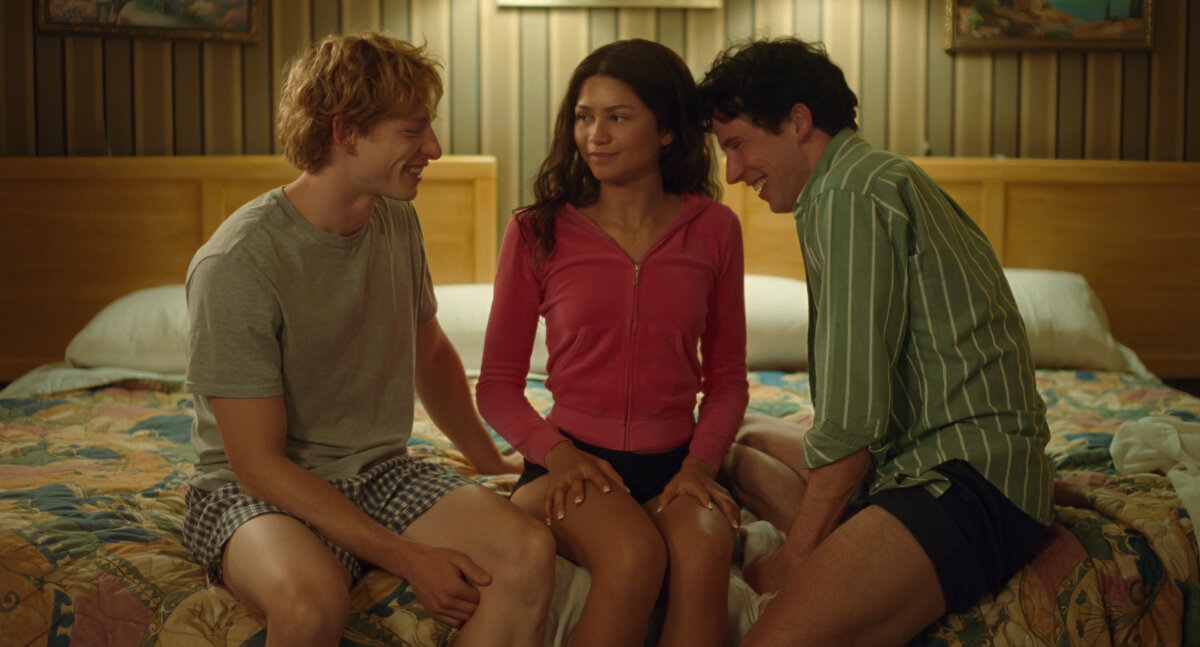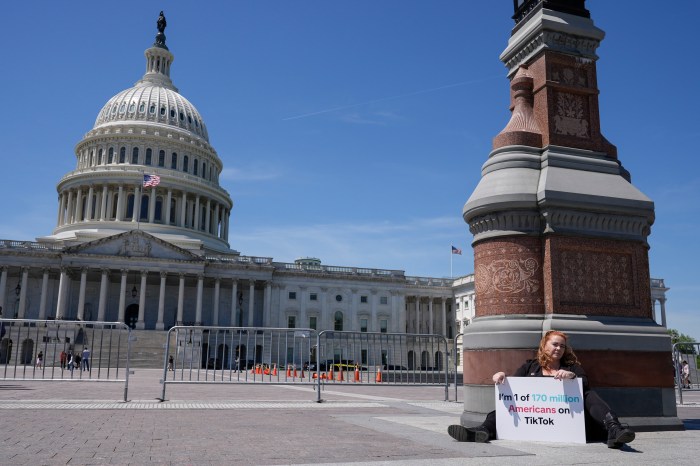Noah Baumbach has been making personal, character-driven films set in trendy Brooklyn since well before it was cool.
The Kings County native, best known for the semi-autobiographical “The Squid and the Whale” (2005), returns to the borough of his birth in “While We’re Young,” about a childless forty-something couple (Ben Stiller and Naomi Watts) stuck in a rut who find themselves reinvigorated by a friendship with younger counterparts (Amanda Seyfried and Adam Driver).
amNewYork spoke with Baumbach about the movie, which opens Friday and is the first of two NYC-set films by the 45-year-old slated for release this year. The other, “Mistress America” starring Greta Gerwig, does not yet have a concrete release date.
You’ve said before that you were aiming for the feel of a big-studio comedy for adults here, the sort of movie typically made by James L. Brooks or Sydney Pollack. What’s the appeal there?
It was the kind of movie that when I was a teenager, old enough to appreciate that kind of movie, I felt like the studios were still making them. They were some of my favorite movies at that time. And when I started, in college, to go backward and looking at earlier movies, the ’30s and ’40s screwball comedies became some of my favorites. It’s a genre that when they’re good, I always feel like they’re some of my favorite movies to see so I felt like, “Let’s try to do one. See if I can do my version of that.”
What are studios afraid of when it comes to this sort of thing?
I’m probably not the right person to answer that. Obviously, there’s been major shifts in the kind of movies the studios make now. I guess it goes back to when they were owned by conglomerates and suddenly there’s this pressure, what they used to call singles or doubles, those kinds of movies, they’re not going to do what the superhero movies are going to do. So in some ways, from their perspective, it probably makes financial sense.
What do you gain from shooting in Brooklyn?
I do find that every time I set out to make a movie or write a movie, that I’m always sort of connecting back to some aspect of my childhood. It’s a place where creative thoughts come from. Shooting in Brooklyn or shooting in Manhattan, where I have a history built into the locations is a stimulating place for me to be and to shoot. It gives me ideas. But obviously in this movie, the Brooklyn universe had real relevance. The anthropology of this movie was very much something I understood, something that we gave a lot of thought to.
It’s such a common milieu now. How do you avoid clichés?
We knew that if we were trying to capture what’s going on right now we would be behind the curve forever. There was no way, we’d be chasing it. So we really designed it our own way. We took things that were interesting to us. Adam’s wardrobe is inspired by an Eric Rohmer movie from the late ’60s. The way we designed their apartment, we were having fun with it. But also there’s something about that culture that gives you free reign to do that, because everything’s going to work.
How did you get Charles Grodin to take a pretty significant role here?
He basically retired, so he wasn’t really doing it. When we were casting that part, Doug Abel, who’s one of my casting directors, had run into him at a benefit and I guess he had said he was interested in acting again. So we jumped on it, sent him the script and he came to my apartment. We talked for a few hours. I felt really lucky to get him. He’s one of my favorites.
You’ve worked with Ben Stiller before, so that must have been an easy decision.
He is great in “Greenberg,” we had a really good time and became closer friends through that process. When I was writing this, I was setting out to write this comedy, and I thought, “What if I work with Ben’s comic iconography and bring it into my territory and my environment, and see how that plays?” Because I felt like there was a real place for it. I was thinking of Ben when I was writing this movie, which is not always how it happens, and really helpful in a way to imagine him as this character as I was struggling in the early stages of writing.
What inspired you to make a movie about a forty-something couple facing a marital crisis?
I was writing about a marriage and I think in any marriage, in any long relationship, you go through transitional periods. Of course, the question of whether or not you’re going to have kids, it’s such a personal choice and also the culture is so influential there too. So you have friends that are doing it, people are doing it at different times, some people are earlier, some people are later. I’ve been on both sides of that. … It felt like I couldn’t tell the story of this marriage without addressing it.
They’re kind of carried along by events here.
Whether it’s a marriage or just growing up, is there are moments where maybe people find themselves not making active decisions, they’re letting things happen to them. When you’re younger, you can say, “Well, when it happens, it happens, that’s great.” There’s a point where, for whatever reason you’ve had difficulty having children, then you actually have to make real decisions. It can be expensive. I felt like that was all interesting to me, specifically about marriage but also about the culture.

















